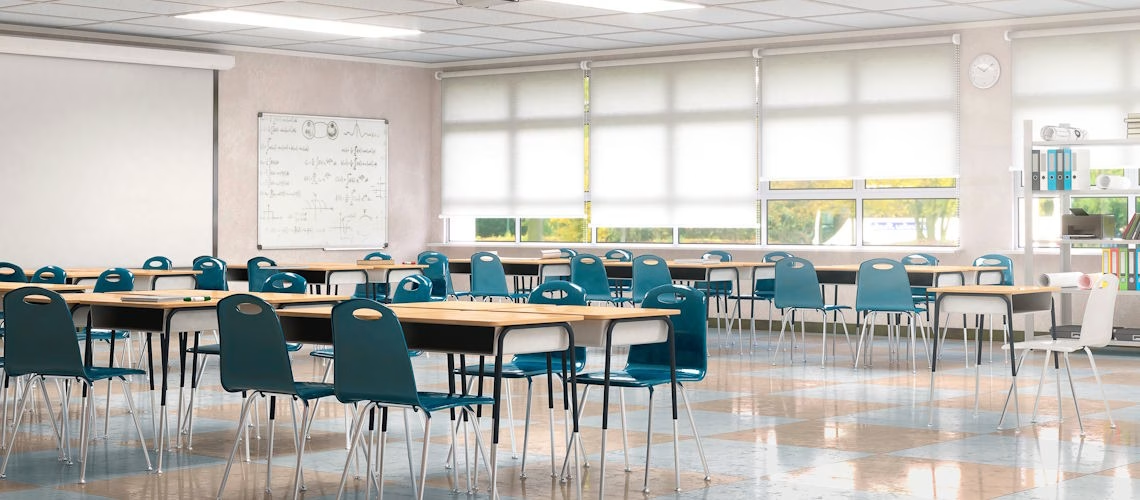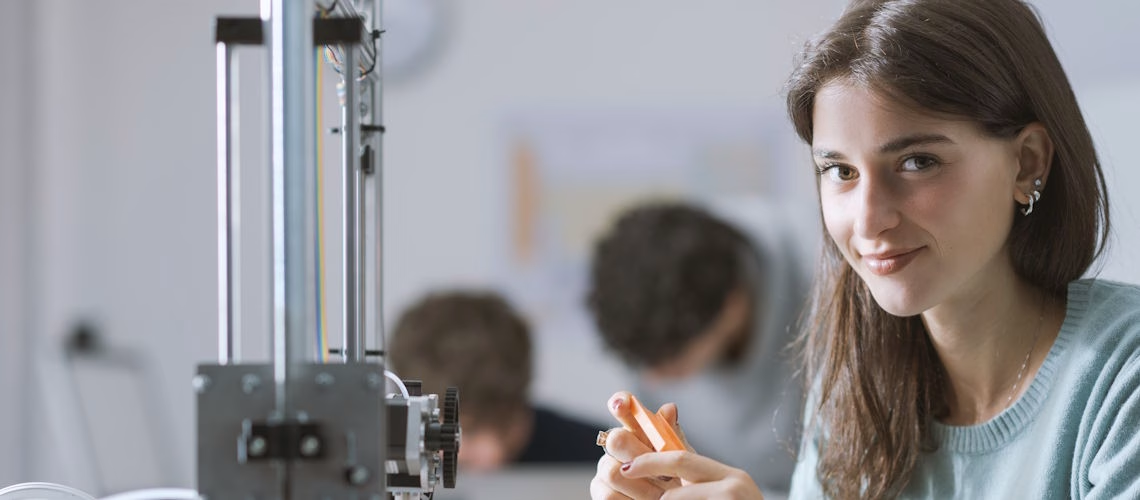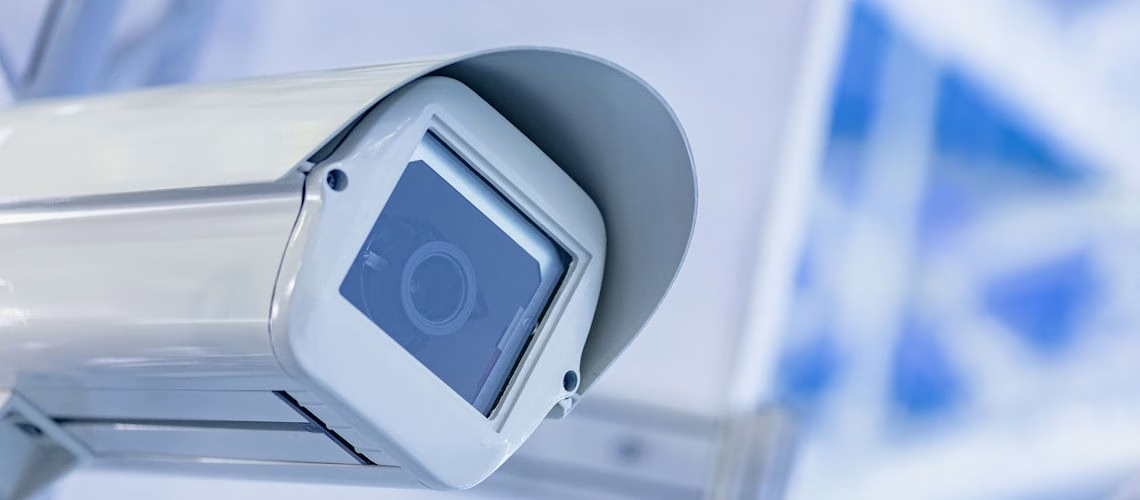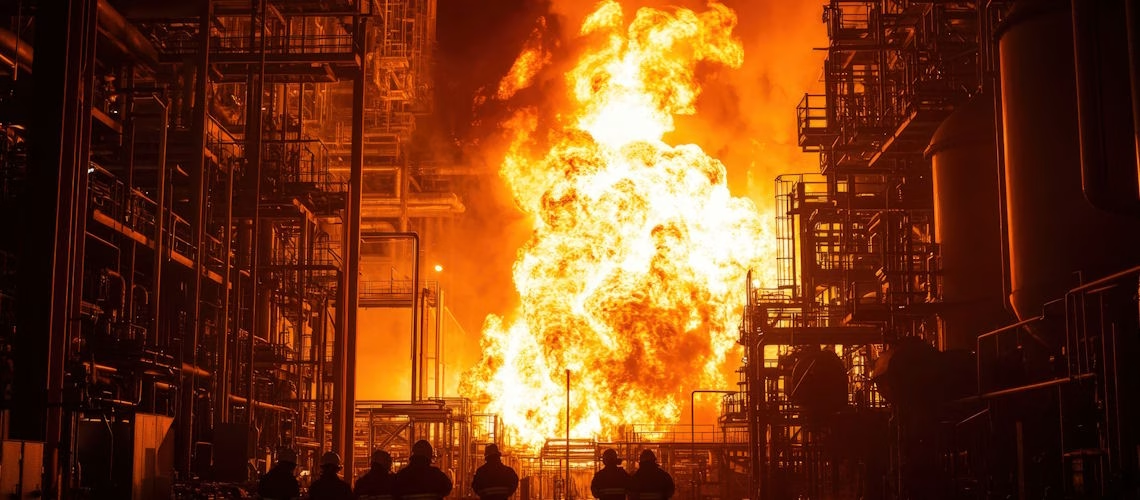Important Image Configurations in Hikvision IP Camera

When you install a Hikvision IP camera, one of the most critical steps after physical setup is configuring the image settings. The right adjustments can mean the difference between grainy, unusable footage and crystal-clear surveillance video. Knowing the important image configurations in Hikvision ensures your cameras perform optimally under all lighting and environmental conditions.
In this comprehensive guide, we’ll explore key settings, explain their impact, and provide best practices for hotels, businesses, and residential users.
Why Image Configurations Matter
CCTV systems are only as effective as the images they capture. Poorly configured cameras can result in:
- Overexposed or underexposed video
- Loss of critical details like faces or license plates
- Increased false alarms in smart analytics
- Wasted storage due to noisy, low-quality footage
By fine-tuning image configurations in Hikvision, you ensure that every frame captured is usable for security, evidence, and operational monitoring.
1. Resolution and Stream Settings
Resolution:
- Higher resolution captures more detail but requires more storage and bandwidth.
- 2MP (1080p): Good for general surveillance.
- 4MP–8MP (4K): Ideal for entrances, lobbies, and areas where detail matters.
Main Stream vs. Sub-Stream:
- Main Stream: Used for recording at high quality.
- Sub-Stream: Lower resolution for mobile viewing or low bandwidth environments.
Tip: For hotels in Dubai, we often configure 4MP main stream for critical zones like reception and 2MP sub-stream for remote viewing to balance quality and network usage.
2. Brightness, Contrast, Saturation, and Sharpness
These are the core adjustments for balancing the camera’s output:
- Brightness: Adjusts overall light level. Too high can wash out images, too low hides detail.
- Contrast: Enhances the difference between light and dark areas.
- Saturation: Controls color intensity. Useful for realistic images in lobbies or retail stores.
- Sharpness: Adds edge definition but can introduce noise if overused.
Best practice is to make incremental changes and test under real lighting conditions.
3. Exposure Settings
Exposure controls how much light the sensor captures.
- Auto Exposure: Good for most environments with changing light.
- Manual Exposure: Useful for consistent lighting, such as indoor corridors.
- Shutter Speed: Slower speeds brighten low-light scenes but can blur motion. Faster speeds capture movement clearly.
For outdoor hotel entrances, a slightly faster shutter speed prevents motion blur when guests walk through.
4. WDR (Wide Dynamic Range)
WDR balances light in scenes with both bright and dark areas.
- Enable WDR at entrances, windows, or glass doors.
- Adjust WDR Level to avoid over-flattening the image.
For example, at a hotel lobby with strong sunlight, WDR ensures you can see both the guest entering and the receptionist clearly.
5. BLC and HLC
- BLC (Backlight Compensation): Brightens subjects against a strong backlight.
- HLC (Highlight Compensation): Reduces glare from headlights or strong light sources.
For parking lots and driveways, HLC is essential to capture license plates without headlight washout.
6. Day/Night Mode and IR Settings
Hikvision IP cameras automatically switch between color (day) and black-and-white (night) modes.
- Smart IR: Adjusts infrared intensity to avoid overexposed close-up faces at night.
- IR Cut Filter: Ensures accurate color during the day.
Tip: Test night vision in total darkness and mixed lighting to calibrate Smart IR levels.
7. White Balance
White balance adjusts the color temperature to ensure whites look white and colors are accurate.
- Auto: Works in most environments.
- Incandescent/Fluorescent: For indoor lighting.
- Custom: For critical color accuracy (e.g., retail or evidence purposes).
For hotel lobbies with warm lighting, adjusting white balance prevents footage from looking overly yellow or red.
8. Noise Reduction (3D DNR)
Digital Noise Reduction cleans up grainy images, especially in low-light conditions.
- 2D DNR: Reduces noise in static images.
- 3D DNR: Handles motion and low-light noise effectively.
Set 3D DNR to Medium or High to save storage and maintain clear footage at night.
9. Lens and Focus Adjustments
For varifocal or motorized cameras:
- Adjust Zoom and Focus to frame the scene properly.
- Use Hikvision’s Auto-Focus feature for precise clarity.
In hotel corridors, set a wider field of view to cover more area; for entrances, zoom in slightly for better facial detail.
10. Smart Features and ROI (Region of Interest)
Hikvision allows setting Region of Interest (ROI) to prioritize video quality in specific parts of the frame.
- Use ROI on doors, cash counters, or reception desks.
- Reduces bandwidth by lowering quality in less critical areas.
For hotels, ROI helps optimize storage by focusing on guest-facing zones without overloading the network.
Best Practices for Configuring Hikvision IP Camera Images
- Test at Different Times: Lighting changes throughout the day, especially in Dubai’s bright sunlight.
- Avoid Overprocessing: Too much WDR, sharpness, or DNR can create unnatural images.
- Update Firmware: Ensures the latest image optimization algorithms.
- Document Settings: Keep a record of configurations for future reference or troubleshooting.
At TechService.ae, we calibrate every camera during installation and provide clients with a settings sheet for consistency.
Our Hikvision Services in Dubai – TechService.ae
At TechService.ae, we specialize in Hikvision IP camera installation and optimization for hotels, businesses, and residential clients:
- Professional Installation: Clean, reliable setups tailored to your property.
- Image Calibration: We fine-tune every camera for lighting, WDR, and night vision performance.
- Smart Feature Setup: Configure AI functions like face detection and motion analytics.
- Maintenance & Support: Regular system health checks and firmware updates.
- Staff Training: Teach your team how to adjust and maintain image settings.
Whether it’s a luxury resort or a small business, we ensure your Hikvision cameras deliver high-quality, reliable footage 24/7.


 Solar Panel Cleaning & Maintenance Kits
Solar Panel Cleaning & Maintenance Kits Solar Mounting Structures
Solar Mounting Structures Solar Batteries & Inverter Systems
Solar Batteries & Inverter Systems Commercial, Residential & Industrial Solar Panels
Commercial, Residential & Industrial Solar Panels Portable & Foldable Solar Panels
Portable & Foldable Solar Panels
 IP Cameras
IP Cameras HD Analog Camera
HD Analog Camera Dash Cameras
Dash Cameras DVR (Digital Video Recorders)
DVR (Digital Video Recorders) Integrated Alarm Systems
Integrated Alarm Systems AI-Powered Video Analytics
AI-Powered Video Analytics Cloud Storage Solutions
Cloud Storage Solutions Camera Accessories
Camera Accessories NVR (Network Video Recorders)
NVR (Network Video Recorders) Special Cameras
Special Cameras Video Management Software (VMS)
Video Management Software (VMS) Monitoring & Display Equipment
Monitoring & Display Equipment
 Ethernet Cables
Ethernet Cables Ethernet & PoE Switches
Ethernet & PoE Switches Network Racks & Accessories
Network Racks & Accessories Network Monitoring Software
Network Monitoring Software Modem & Routers
Modem & Routers
 WiFi Routers
WiFi Routers WiFi Controllers & Management Systems
WiFi Controllers & Management Systems WiFi Antennas & Signal Boosters
WiFi Antennas & Signal Boosters WiFi Adapters & Dongles
WiFi Adapters & Dongles IoT & Smart WiFi Devices
IoT & Smart WiFi Devices WiFi Access Points (APs)
WiFi Access Points (APs)
 Fiber Optic Accessories
Fiber Optic Accessories Optical Fiber Cables
Optical Fiber Cables
 Smart Home Appliances
Smart Home Appliances Smart Home Entertainment
Smart Home Entertainment Smart Hubs & Controllers
Smart Hubs & Controllers Smart Lighting
Smart Lighting Smart Plugs & Power Management
Smart Plugs & Power Management Smart Security & Surveillance
Smart Security & Surveillance Smart Sensors & Detectors
Smart Sensors & Detectors Fleet Management & Commercial GPS Solutions
Fleet Management & Commercial GPS Solutions
 HDDs & SSDs
HDDs & SSDs Cloud Storage Services
Cloud Storage Services Storage Area Network (SAN)
Storage Area Network (SAN) Removable & Portable Storage
Removable & Portable Storage Network-Attached Storage (NAS)
Network-Attached Storage (NAS)
 Intercom & Video Door Entry Systems
Intercom & Video Door Entry Systems Electronic & Smart Locks
Electronic & Smart Locks Authentication Devices
Authentication Devices Access Control Systems
Access Control Systems Access Control Software & Integration
Access Control Software & Integration Visitor & Time Attendance Management
Visitor & Time Attendance Management Access Control Panels & Controllers
Access Control Panels & Controllers
 Electrical Tools & Testing Equipment
Electrical Tools & Testing Equipment Lighting Solutions
Lighting Solutions Industrial Electrical Components
Industrial Electrical Components Power Distribution Products
Power Distribution Products Power Supply & Backup Solutions
Power Supply & Backup Solutions Wiring & Cables
Wiring & Cables Electrical Conduits & Cable Management
Electrical Conduits & Cable Management
 Cables
Cables Adaptors
Adaptors Extenders
Extenders Computer Accessories
Computer Accessories










